Click the blue text “Wangcang Cultural Tourism” to follow us!

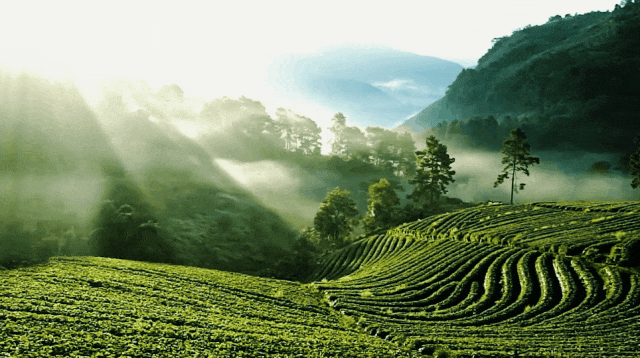
The lush tea gardens are shrouded in mist, and the aroma of tea permeates the air. Entering the 10,000-acre Guangyuan Yellow Tea base in Mumen Town, the terraced tea fields wind along the mountains, where tea farmers skillfully pick the golden buds and leaves. This area at 32 degrees north latitude in the Qinba Mountains is leveraging “Golden Leaves” to drive new momentum for rural revitalization, showcasing a vivid practice of the tea industry’s inheritance and innovation, growing “from small to large,” “from weak to strong,” and achieving prosperity through tea.
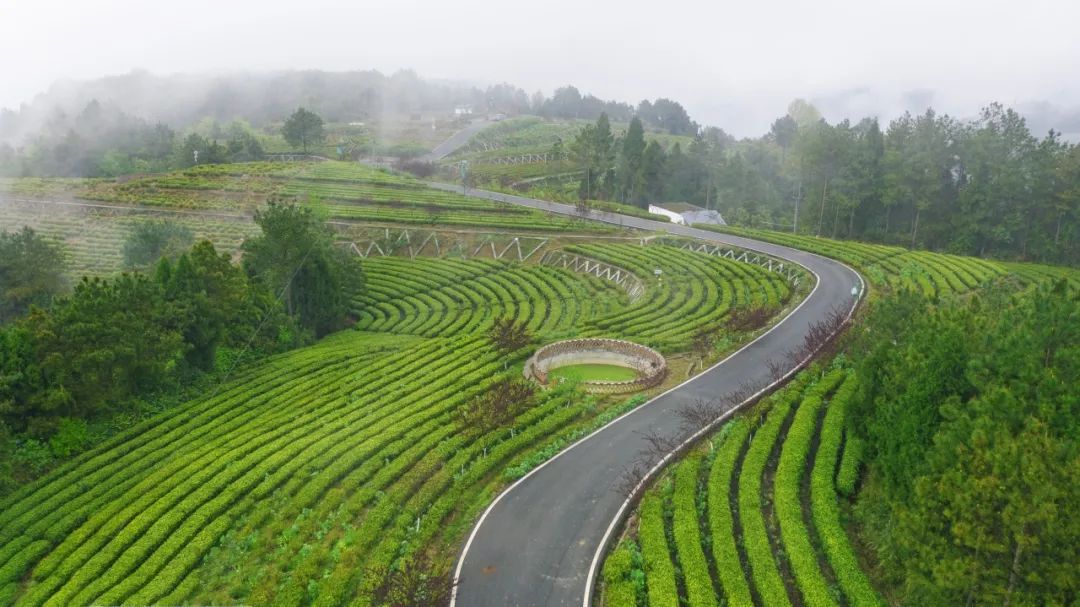
“Our county’s tea garden area has reached 250,000 acres, with Guangyuan Yellow Tea planting area reaching 51,000 acres, accounting for over 30% of the national yellow tea planting area, making it the largest yellow tea planting base in China and the ‘Hometown of Chinese Yellow Tea’.” said Ren Yong, deputy director of the county’s tea industry technology research institute, proudly. Today, the average annual income of tea farmers is 4,500 yuan, more than tripling since 2010, continuing to write a new chapter of “a leaf enriching a hundred families.”
Ecological Advantages Empowering: Wangcang Bets on Guangyuan Yellow Tea
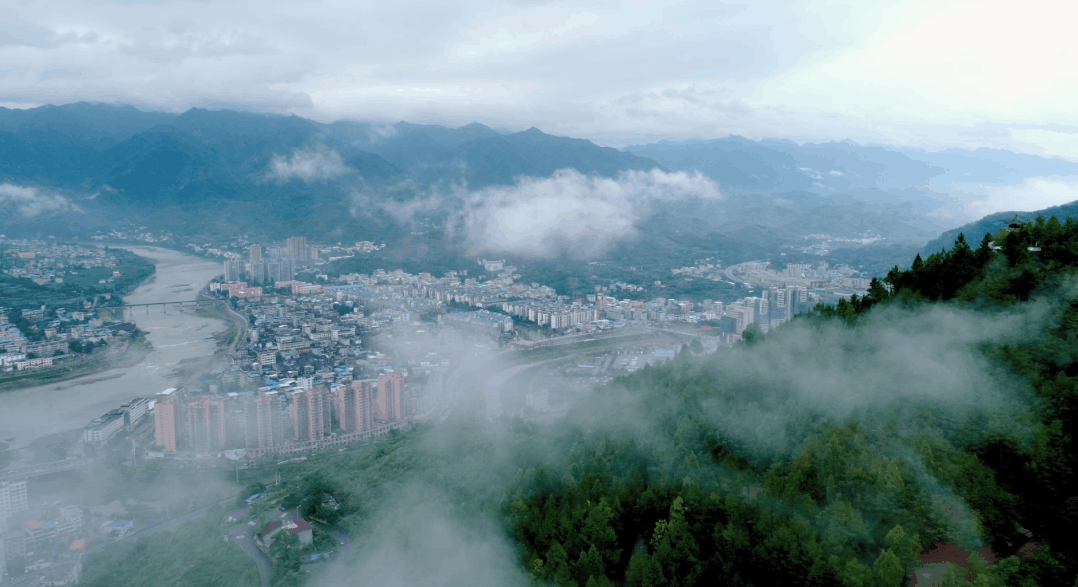
Wangcang is located at the northern edge of the Sichuan Basin, on the southern slope of the Micang Mountains, with abundant rainfall, ample sunshine, distinct seasons, and soil rich in zinc and selenium, providing a unique natural environment for tea tree growth. Wangcang has a long history of tea cultivation and is known as the “Hometown of Han and Tang Tea” and “Hometown of Famous Chinese Tea.” Facing the opportunity of a novel and distinctive yellow tea variety, with a relatively small national scale and highlighted competitive advantages, our county is actively developing the yellow tea industry.
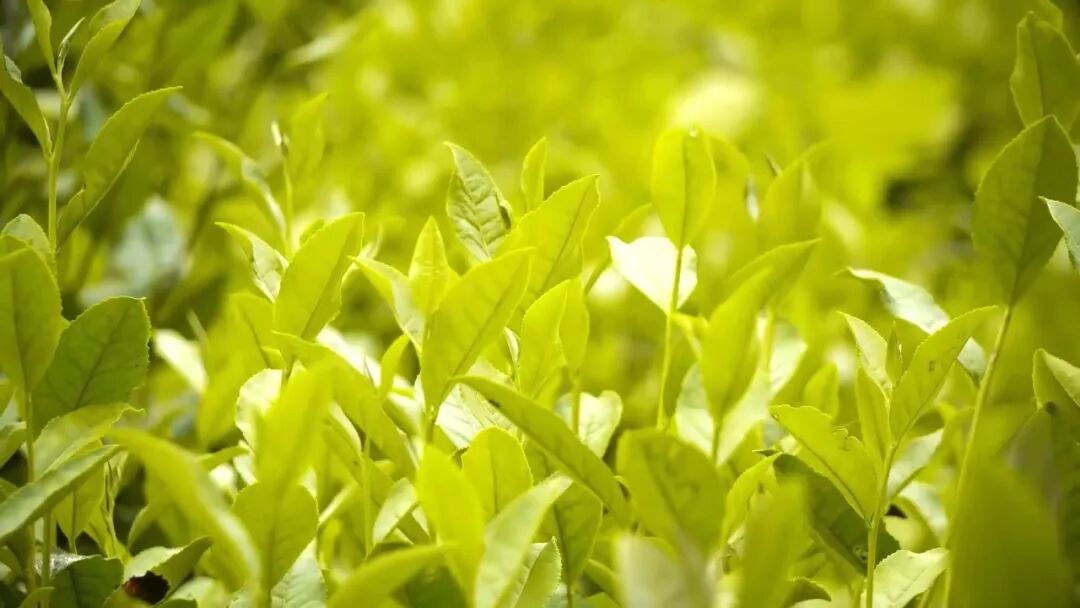
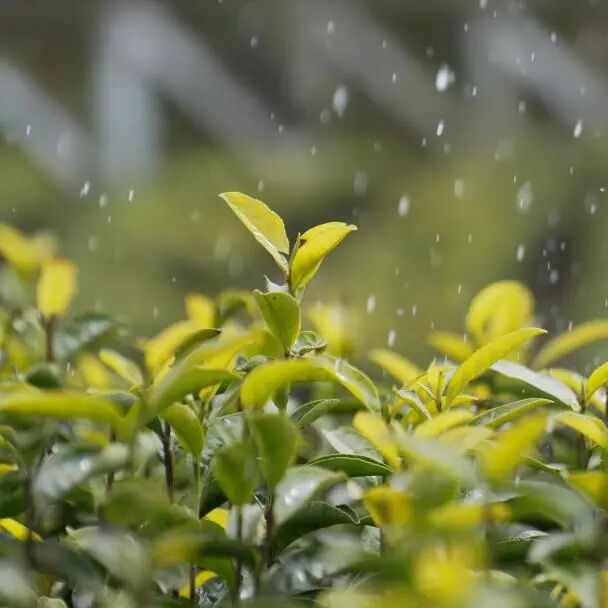
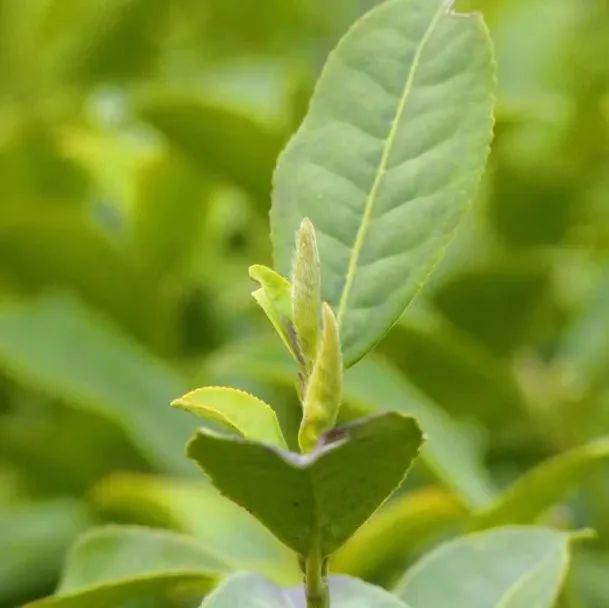
“In 2010, with strong support from the China Tea Research Institute, we began to introduce and demonstrate the rare yellowing tea tree variety—Zhonghuang No. 1.” Ren Yong recalled that after more than five years of careful cultivation and promotion, our county has identified the suitable growth areas and planting areas for yellow tea. The product quality of Zhonghuang series varieties is excellent, with amino acid and other internal components superior to those from other regions in China, even surpassing its origin in Zhejiang. Therefore, Wangcang is recognized as the best place for developing yellow tea, with the county’s yellow tea planting area reaching 51,000 acres, ranking first among counties nationwide. It has now become a test field and demonstration window for the nationwide promotion of Zhonghuang series tea tree varieties.
Combining Forces: Transforming Resource Advantages into Industrial Strength
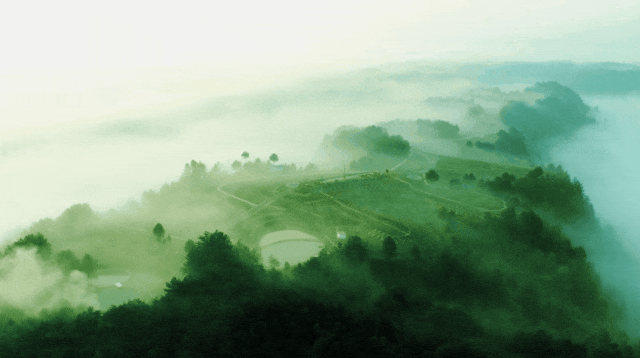
How to transform this unique resource advantage into a strong driving force for industrial development? Our county has launched a combined strategy. The county party committee and government have always regarded the tea industry, especially the yellow tea industry, as a pillar industry for the adjustment of the “big agriculture” industrial structure and rural revitalization.
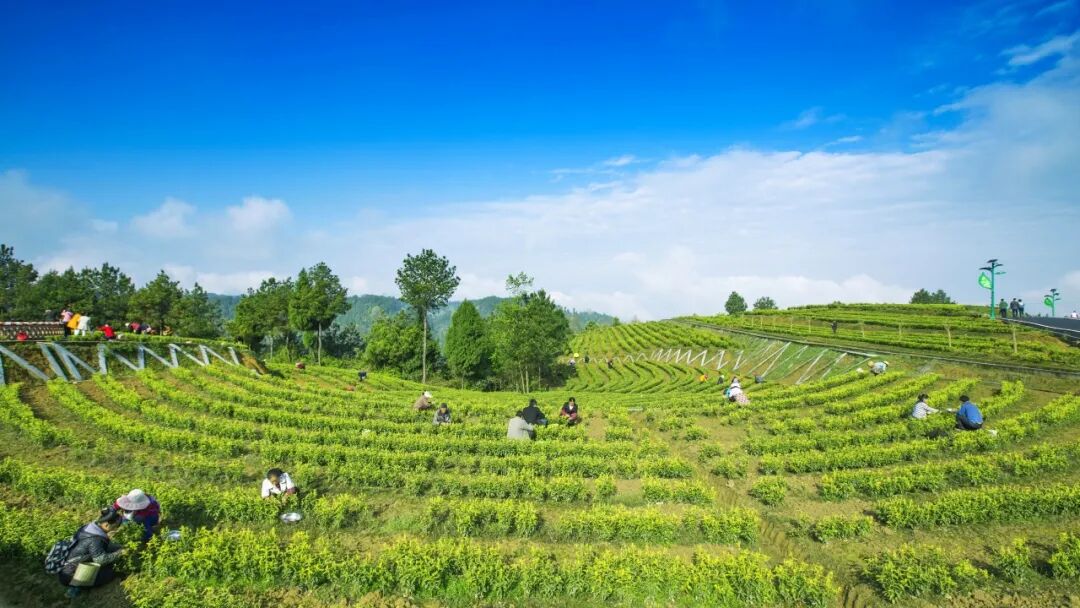
“We adhere to differentiated development, selecting specialty tea tree varieties based on the actual conditions of different regions and altitudes, continuously optimizing the yellow tea industry.” Li Bin, director of the county’s agricultural and rural affairs bureau, explained that Wangcang has established comparison gardens at different altitudes and regions, selecting 15 suitable new varieties from over 50 excellent varieties from national and provincial levels, continuously optimizing the tea supply structure of Micang Mountain.
Efforts have been made in three areas: variety selection, standard formulation, and seed industry development. In December 2019, Wangcang County successfully released local standards for Guangyuan Yellow Tea, including “Cultivation Technical Regulations for Guangyuan Yellow Tea,” “Processing Technical Regulations for Guangyuan Yellow Tea,” and “Product Quality Standards for Guangyuan Yellow Tea,” making it the first systematically formulated local standard for yellow tea varieties in the country.
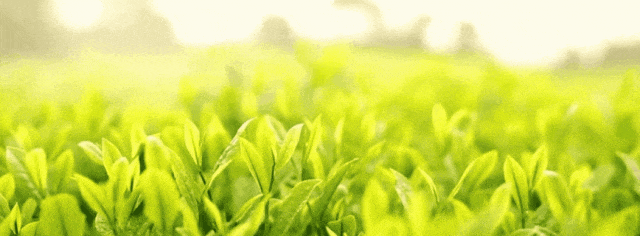
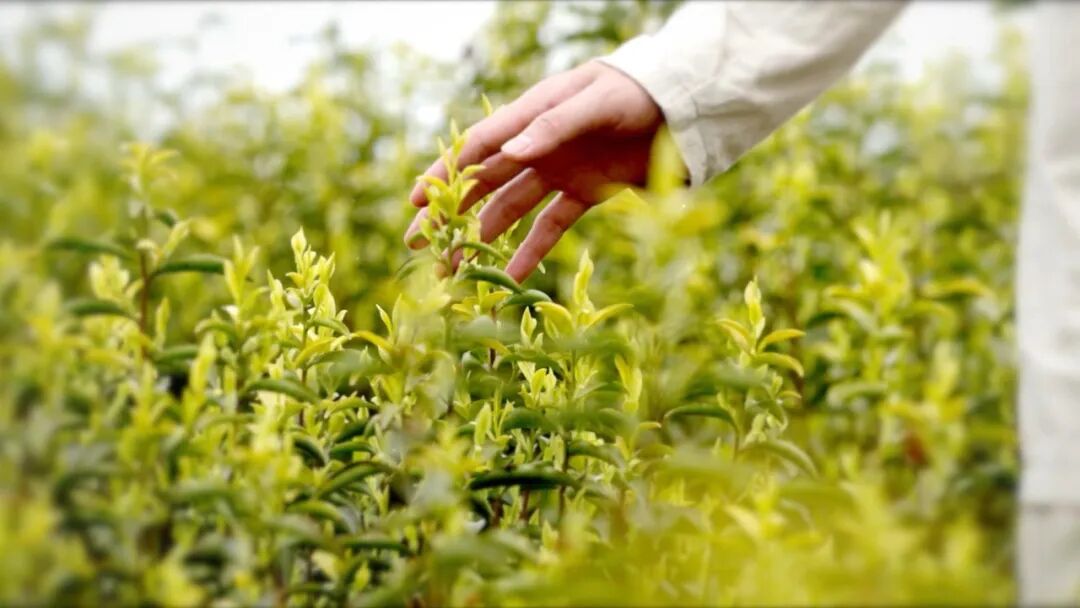
“The seed industry is the ‘chip’ of agriculture. Wangcang insists on prioritizing the seed industry, continuously expanding the yellow tea industry.” Ren Yong emphasized that to address the bottleneck of seedling development in the yellow tea industry, our county has begun yellow tea seedling breeding, continuously exploring yellow tea seedling technology in high-altitude mountainous areas, and by building a “1+5+N” tea industry technology innovation alliance, forming a collaborative innovation system for joint project applications, local transformation of research results, and joint cultivation of scientific and technological talents. Now, our county can cultivate over 20 million high-quality tea tree seedlings annually, providing quality tea tree seedlings for the entire province and even the entire southwest region.
The New Noble of Tea: Guangyuan Yellow Tea Takes Center Stage
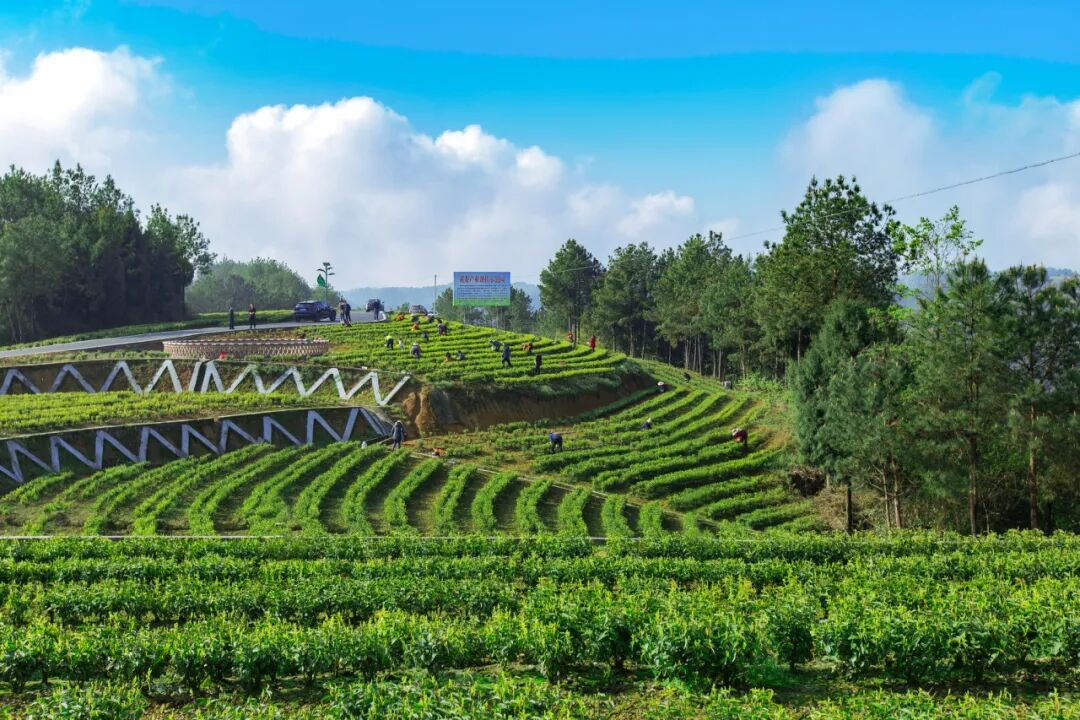
Standing in the Mumen Yellow Tea Garden, the terraced tea fields resemble golden ribbons winding through the mountains. Ren Yong picks up a handful of soil and introduces, “Here, the zinc content is ≥55 mg/kg, selenium content >0.3 mg/kg, and pH value is between 4.0-6.5, making it a ‘natural hotbed’ for yellow tea growth.” According to tests by the China Tea Research Institute, the amino acid content in yellow tea reaches over 7%, three times that of ordinary green tea, with water extract stable at over 40%, resulting in a quality characterized by golden leaf color, yellow soup color, and jade yellow leaf bottom, with high contents of amino acids, lutein, and carotene, known as the “Three Yellows and Three Highs” quality feature, praised as “the gold of tea”.
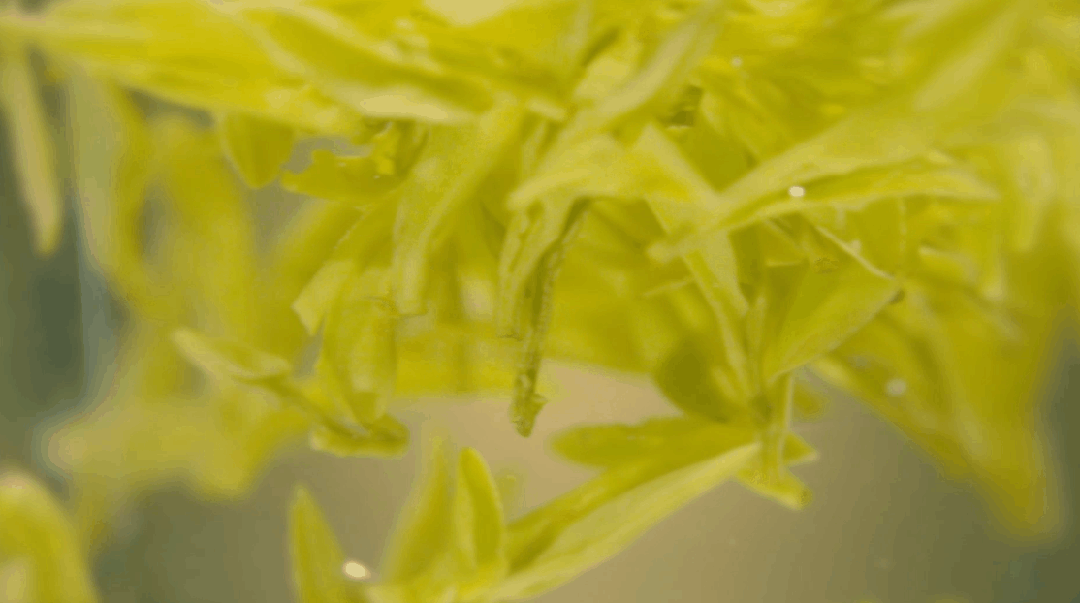
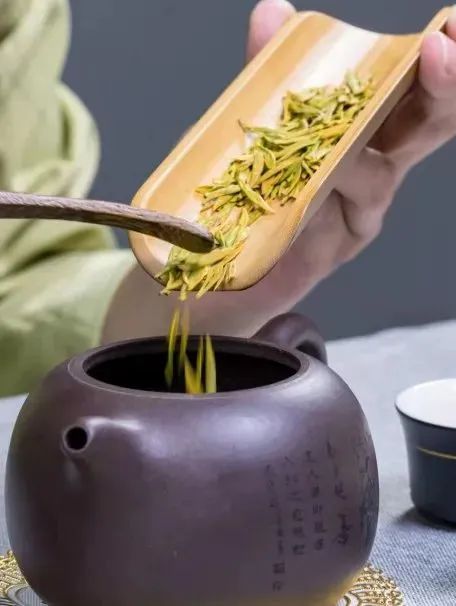
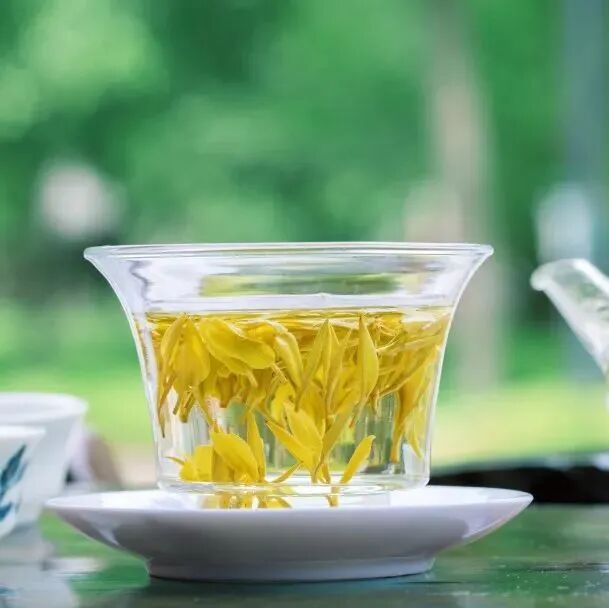
The rare yield and unique quality have earned yellow tea the title of “gold in tea.” At the 2022 online auction of new tea from Micang Mountain in Wangcang County, 100 grams of Micang Mountain brand Guangyuan Yellow Tea fetched a price higher than gold. “One tael of gold, one tael of tea. Guangyuan Yellow Tea is highly praised by market customers, with new tea on the market averaging 8,800 yuan per pound,” said He Xulun, chairman of Sichuan Micang Mountain Tea Group Co., Ltd., with a proud smile.
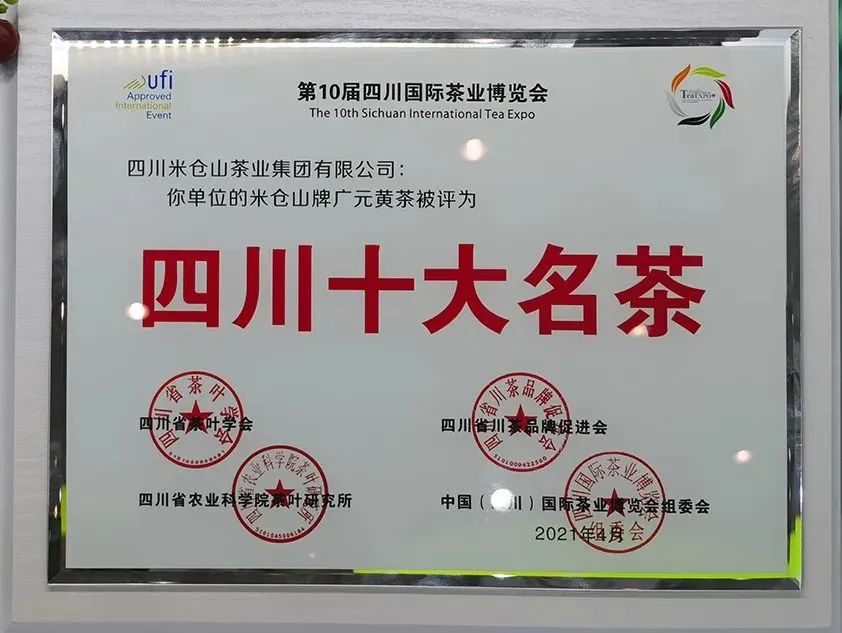
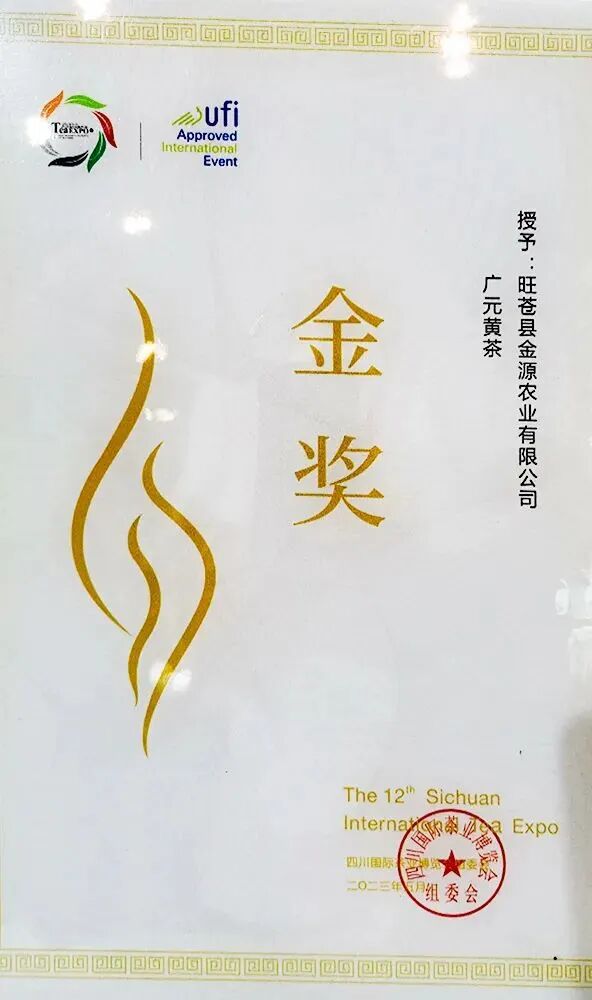
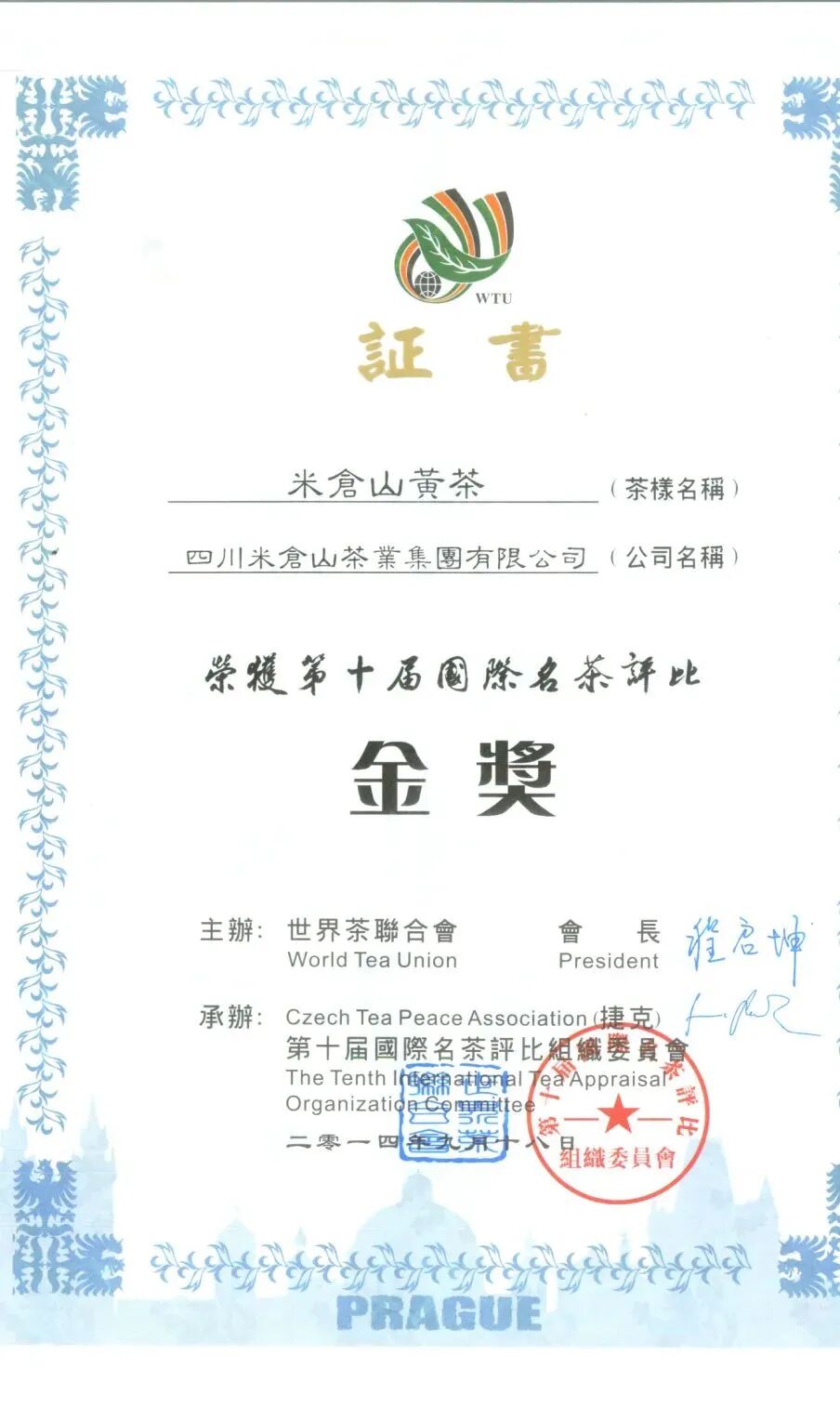
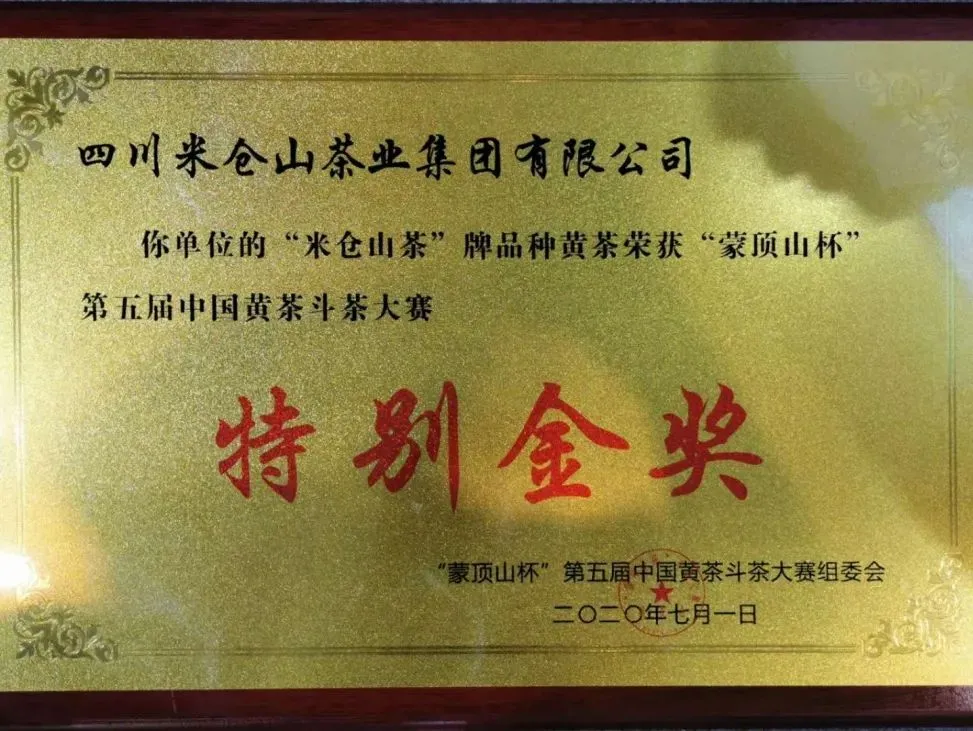
Since its inception, Guangyuan Yellow Tea has continuously won awards: In 2014, it received a geographical indication certification trademark, and has since won gold awards at the Sichuan Tea Expo, special gold awards for tea, gold awards at international tea competitions, gold awards at the China Yellow Tea Competition, and was named one of the top ten famous teas in Sichuan, among other honors. The brand “Guangyuan Yellow Tea” has become a key to enhancing the market competitiveness of our county’s tea industry.
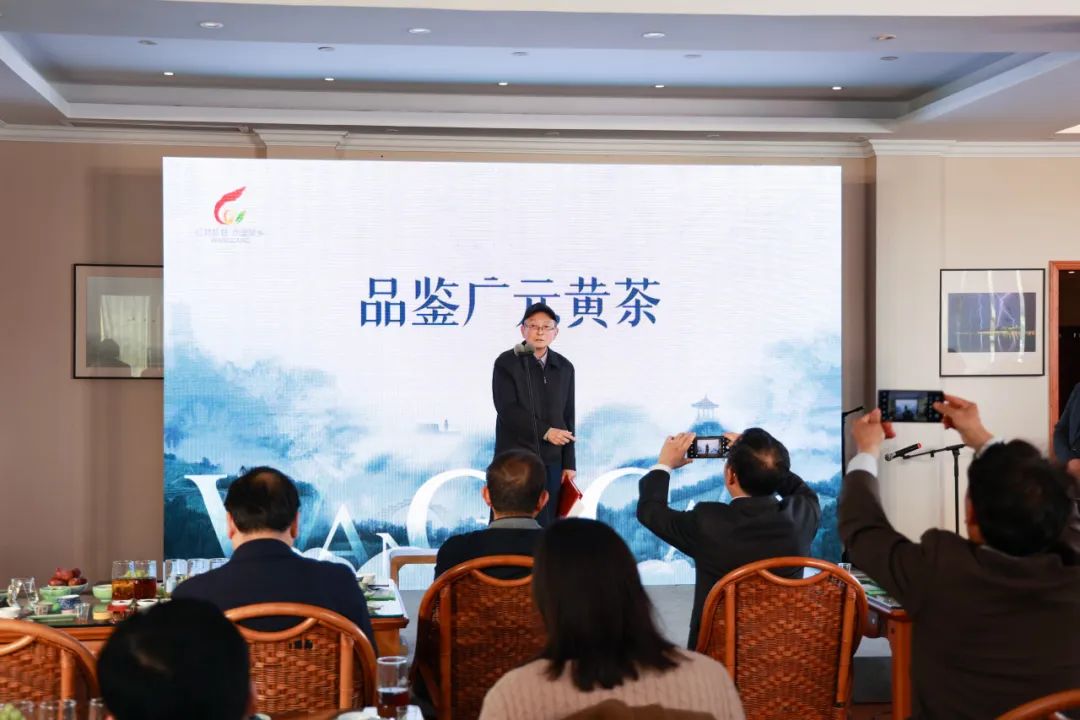
△ In 2023, at the spring tea tasting and promotion event successfully held in Hangzhou West Lake, 83-year-old Bai Kunyuan, former deputy director of the Tea Research Institute of the Chinese Academy of Agricultural Sciences, personally attended to endorse “Guangyuan Yellow Tea”.
Today, Guangyuan Yellow Tea has stepped out of Sichuan, reaching the whole country and even the world. At major tea expos and tasting events, Guangyuan Yellow Tea has won the favor of many experts and consumers with its unique quality and outstanding performance.

The tea garden remains busy in the twilight.
The mountain breeze blows, and the air is filled with the intoxicating aroma of tea.
This fertile land, flowing with a thousand years of tea fragrance,
is writing a new chapter in the era of “China’s best yellow tea industry” with a vigorous development trend and a commitment to excellence.
—END—

Source: Wangcang Release Editor: Zhang Ting
Review: Gou Xiaoqiong
Supervision: Lu Song